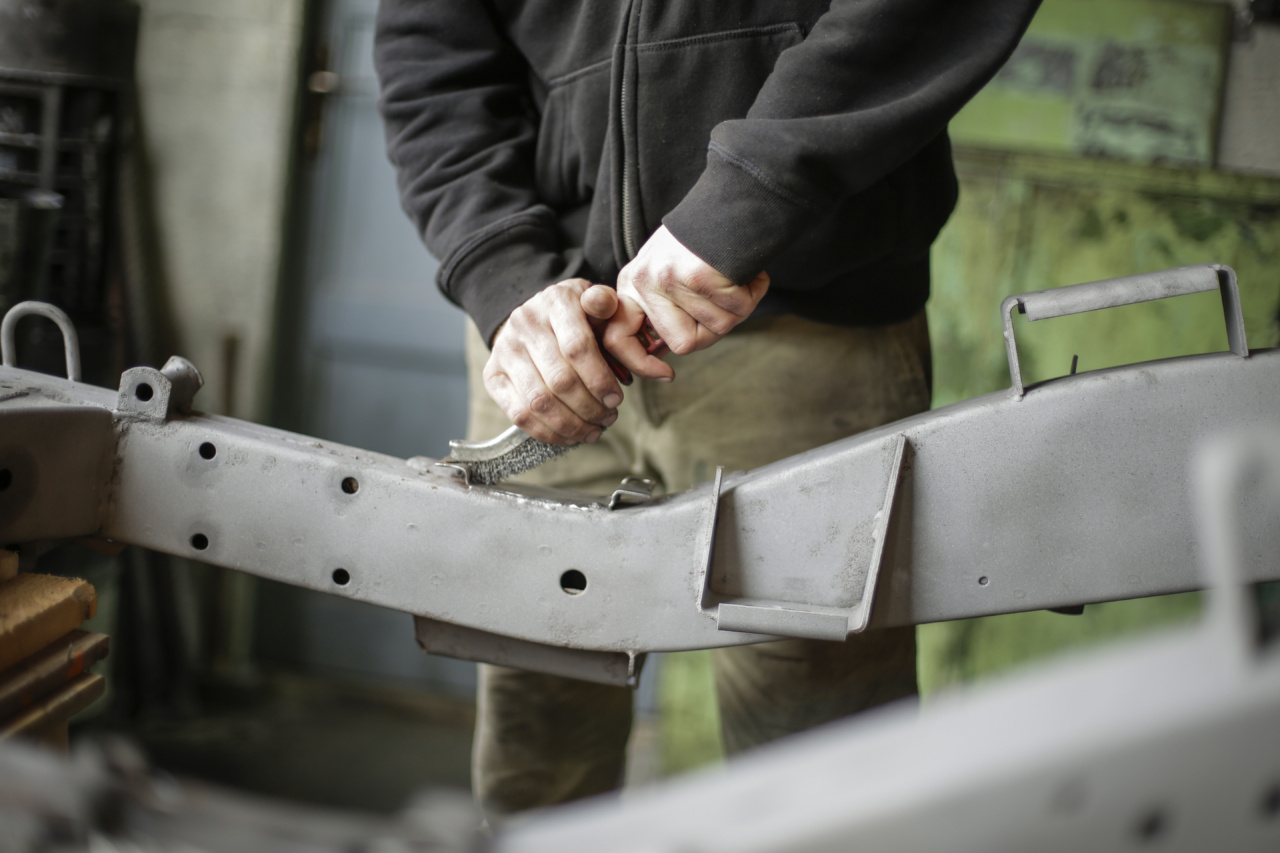Olives are a popular fruit known for their distinct taste and numerous health benefits. Whether you are a home gardener or a commercial olive grower, it is essential to periodically inspect your olive trees to identify any olives that need removing.
Removing certain olives can help improve the overall health of the tree, enhance the quality of the remaining fruits, and prevent potential pest and disease issues. In this article, we will discuss why it is necessary to inspect olives for removal, when and how to inspect, and the potential benefits of doing so.
1. Importance of Inspecting Olives
Inspecting olives on your trees is crucial for several reasons. First and foremost, removing certain olives can help optimize the quality and taste of the remaining fruit.
By removing olives that are damaged, diseased, or overripe, you allow the tree to redirect its energy towards the development of healthier olives. This helps ensure that the remaining olives reach their full potential in terms of flavor, size, and appearance.
Inspecting olives also plays a significant role in pest and disease management. Certain olives may become infested with pests or infected with diseases.
By identifying and removing these olives, you can prevent the spread of pests and diseases to the rest of the tree and other nearby trees.
Furthermore, regular inspection allows you to monitor the overall health of your olive tree. It helps you identify any potential issues, such as nutrient deficiencies or water stress, which can then be addressed in a timely manner.
2. When to Inspect Olives
The timing of olive inspection is crucial to ensure optimum results. The ideal time to inspect olives for removal largely depends on the purpose of the harvest.
If you are primarily growing olives for oil production, it is recommended to inspect the olives when they are still green, about two to three months before the estimated harvest date.
At this stage, the olives are firm, and their removal helps improve the overall oil quality.
For table olives, the inspection for removal begins when the olives start to change color. The exact timing may vary depending on the olive variety and regional climate.
Generally, the color change begins from green to yellow and then progresses through various shades of purple or black, depending on the olive cultivar. Regular inspections should be conducted until the desired stage of ripeness is achieved.
3. How to Inspect Olives
Inspecting olives require a systematic approach to ensure all fruits are evaluated adequately. Here are some steps to follow:.
Step 1: Gather the Necessary Equipment
Before starting the inspection, gather the tools and equipment you will need. These may include pruning shears, a harvesting net, a bucket or containers, gloves, and protective eyewear.
Step 2: Start from the Bottom
Begin inspecting the olives from the lower part of the tree and gradually work your way up. This helps ensure a thorough inspection across the entire tree.
Step 3: Examine Each Olive
Inspect each olive individually, examining its color, size, and texture. Look for any signs of damage, disease, or infestation, such as discoloration, deformities, or the presence of pests.
Step 4: Determine Removal Criteria
Establish specific criteria for removing olives based on your intended use. For oil production, you may need to remove the olives at an earlier stage, while table olives can be left on the tree until they reach the desired level of ripeness.
It is important to have a clear understanding of your goals and preferences when deciding which olives to remove.
Step 5: Remove the Selected Olives
Using pruning shears, carefully remove the selected olives from the tree. Be gentle to avoid damaging the branches or nearby olives. Place the removed olives in a bucket or containers for disposal or further processing.
4. Benefits of Removing Olives
Regularly inspecting and removing olives offers several benefits for both olive trees and growers. Here are some key advantages:.
Promotes Tree Health
Removing olives that are damaged, diseased, or overripe helps the olive tree redirect its energy towards healthy fruit development and overall growth. This promotes the tree’s long-term health and vitality.
Enhances Fruit Quality
By eliminating olives that fail to meet quality standards or are past their prime, you allow the remaining fruit to fully ripen and develop optimal flavors.
This leads to higher-quality olives for various purposes, whether for oil production or table olives.
Prevents Pest and Disease Issues
Infected or infested olives can serve as hotspots for pests and diseases. Removing these olives prevents the spread of harmful organisms to other parts of the tree or neighboring trees, helping to maintain a healthy orchard environment.
Boosts Harvest Efficiency
By eliminating undesirable olives during the inspection process, the overall harvest efficiency improves. This means less time and effort is spent processing and sorting low-quality or damaged fruit.
Controls Olive Fly Infestation
The olive fly is a significant pest that infests olives and causes extensive damage. Regular inspection and removal of infested olives play a crucial role in controlling the olive fly population and minimizing crop losses.
Conclusion
Inspecting olives for removal is an essential practice for olive growers. It helps optimize fruit quality, promote tree health, and prevent pest and disease issues.
By following a systematic approach and removing undesirable olives, growers can ensure the best possible harvest and contribute to the overall success of their olive orchard.































